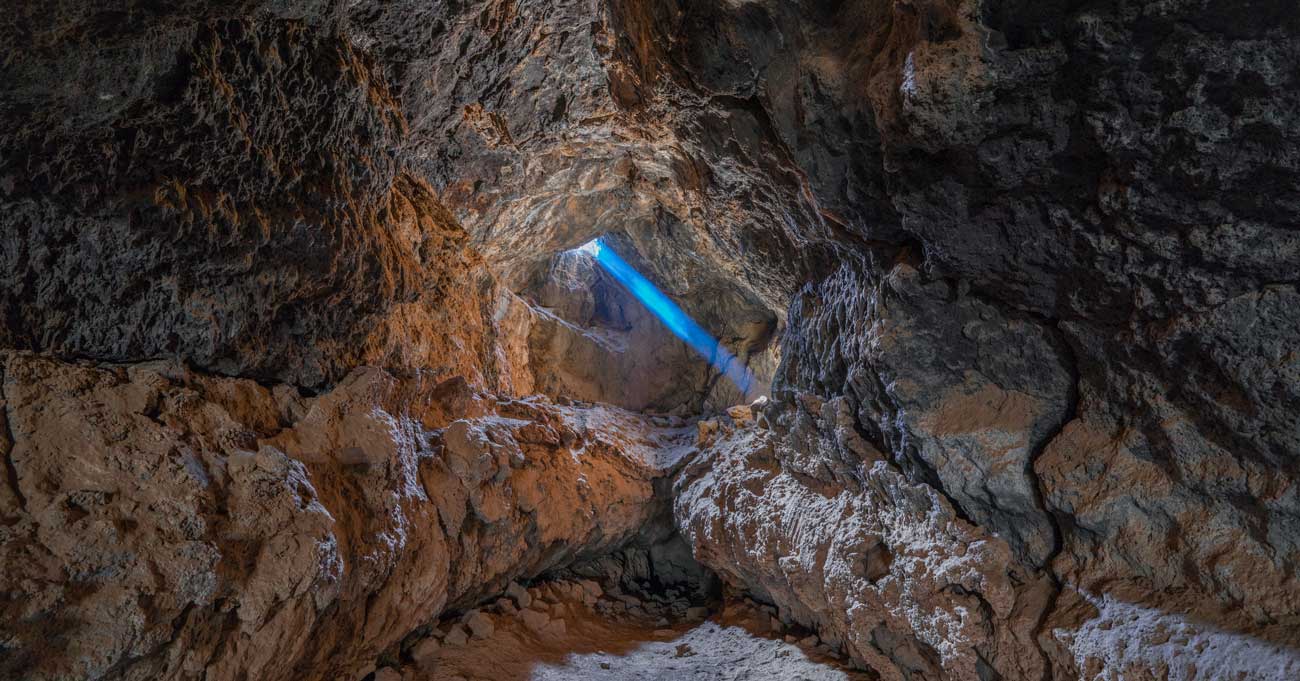Contxto – Each chose their own different platform, but the effect was the same. These simple actions both describe how a new alliance between Argentinian online commerce company, Mercado Libre, and PayPal will work, as well as how the announcement was made.
First, the manner of the announcement: Made on the penultimate day of the year, PayPal CEO and President, Dan Schulman, revealed the pact to the world via LinkedIn. A little bit later, Mercado Libre’s head honcho, Marcos Galperín, tweeted that they were taking “the next step in a strategic agreement… which would increase the payment options for millions of buyers in Brazil and Mexico #financialinclusion.”
Indeed, the way they told everyone about this new year’s gift to online shoppers reflected the modus operandi to come—different platforms; optimized service as of some point in 2020. At this point, users will be able to make payments through either platform when going through the online checkout.
This change in the online payments ecosystem means that PayPal will be an option on the Mercado Libre shopping site. Meanwhile, Mercado Pago—Mercado Libre’s payment platform—will be accessible via PayPal.
However, the switcheroo will only initially cover the Mexican and the Brazilian markets. I say “only”; that’s a hefty 48 million Mercado Pago customers in both countries now entering the Californian payment giant’s sphere.
Similarly, Mercado Libre will be getting a boost from PayPal’s 300 million-strong user base, according to the latter’s CEO’s letter.
Remittances in Latin America will also be in play, as PayPal’s Xoom platform will also allow users in Mexico and Brazil to receive foreign cash via Mercado Pago.
The elephant left outside the room
A glaring omission from the strategic agreement was Argentina. It probably came as a surprise to many, considering that the South American country is Mercado Libre’s home turf.
Then again, perhaps it is that the Argentinian market is smaller than its Mexican and Brazilian counterparts. Indeed, Argentina’s 1.4 million Mercado Pago users make up just over 10 percent of the people that use the payment service in Mexico.
Even then, to many in a cash-constrained country like Argentina, the move may feel a little unfair.
Nevertheless, it was via a more practical approach that the folks over at Mercado Libre seem to have explained the omission:
After Argentina’s La Nación newspaper raised its voice, Mercado Libre’s spokespeople were quick to point out that the agreement would take effect “initially where both companies have local presence.” Yet, when pushed on the fact that PayPal does indeed run in Argentina, the company simply responded that by “presence” they had meant “offices.”
Perhaps, true, but the artlessness of that response will no doubt feed many unresolved suspicions.
-AG






